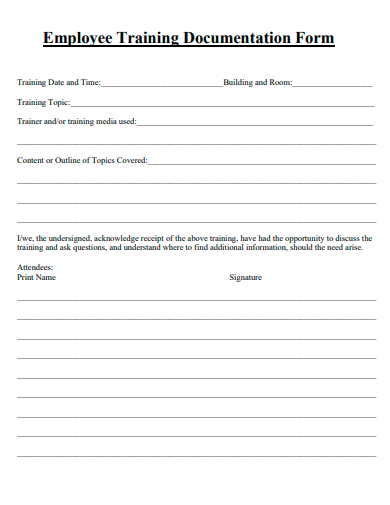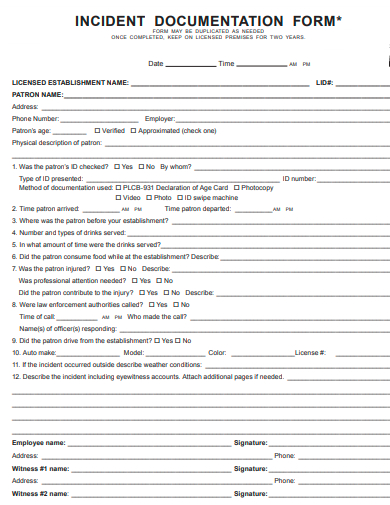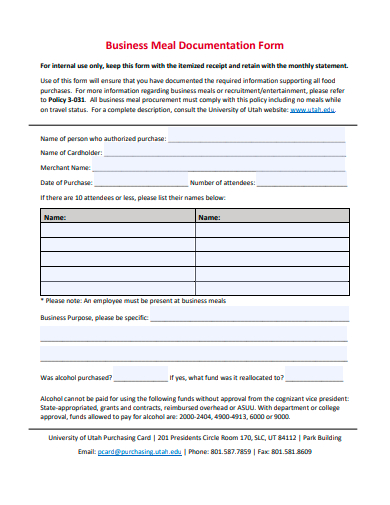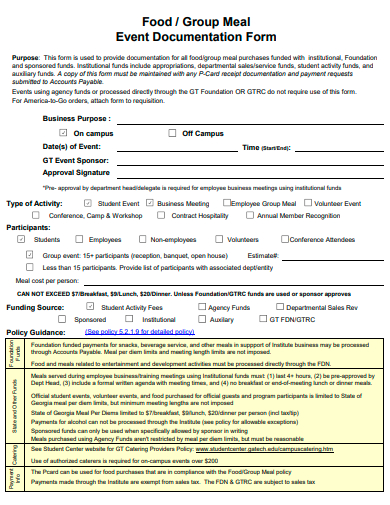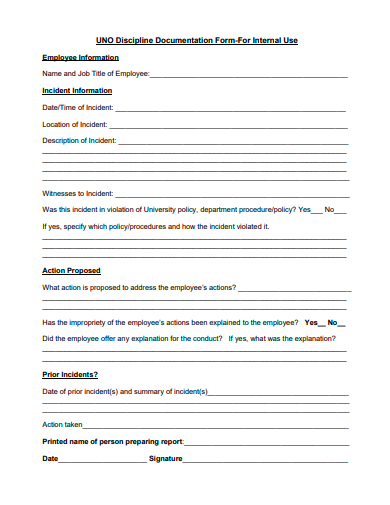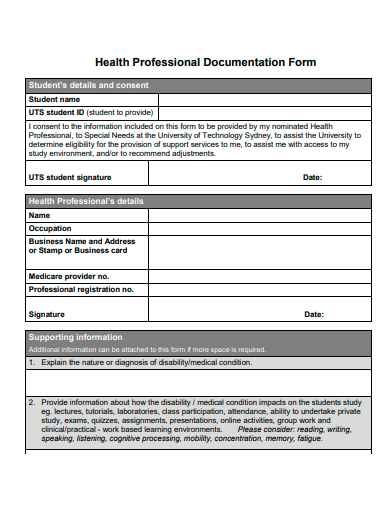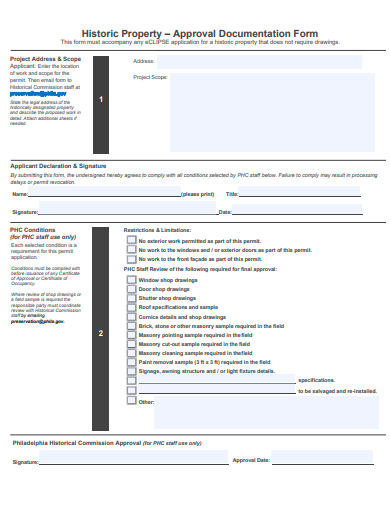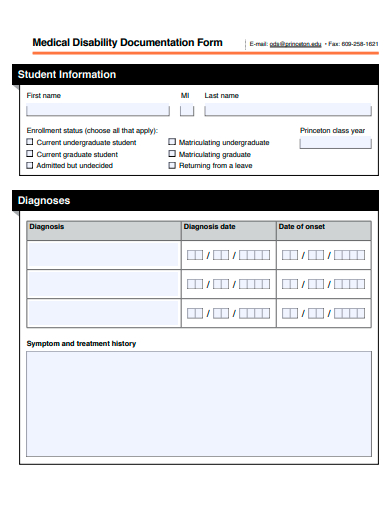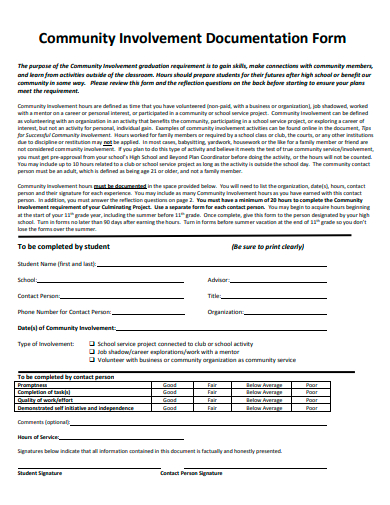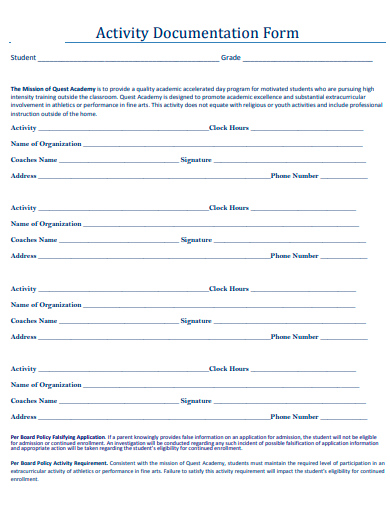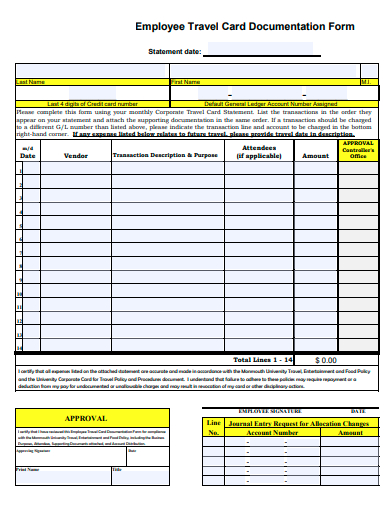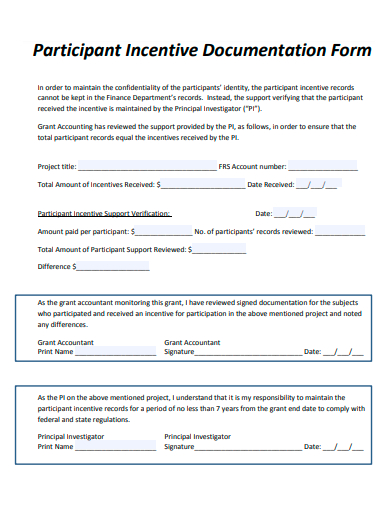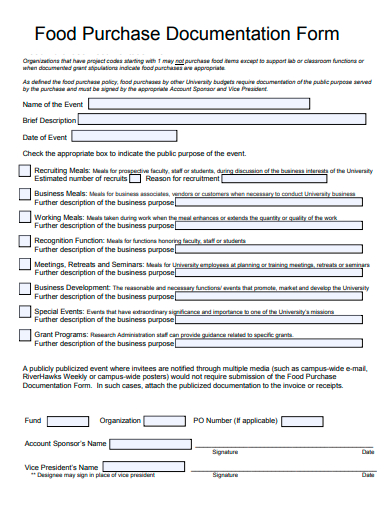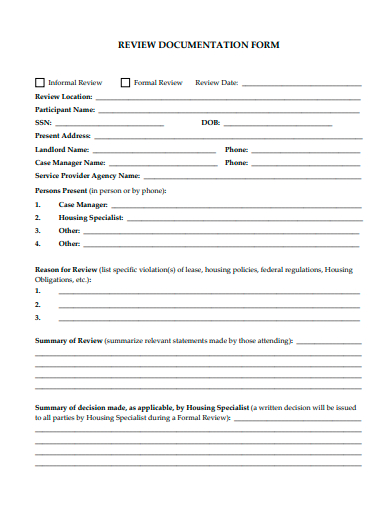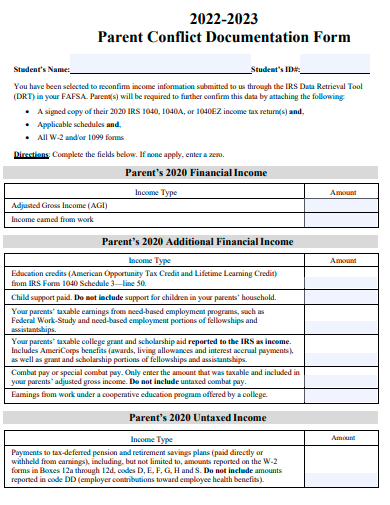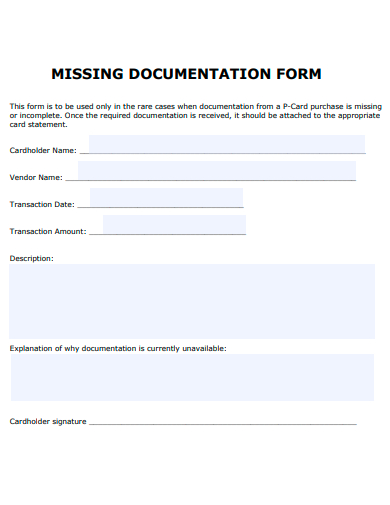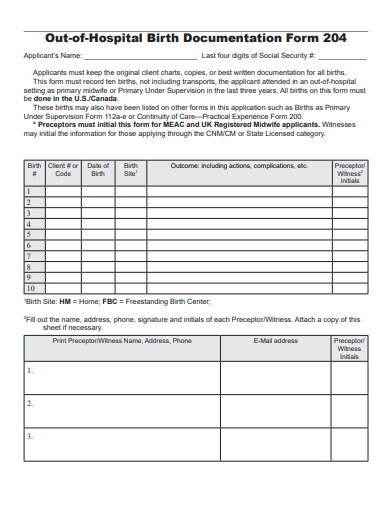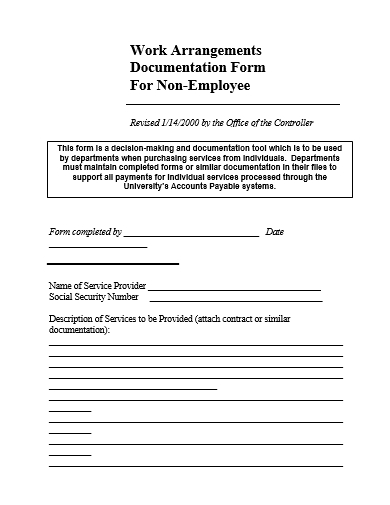Effective communication and efficient information management are crucial for the success of any project samples, organization, or business. Documentation forms play a significant role in achieving these personal goals by providing a structured approach to record, organize, and disseminate information. Documentation forms are vital for ensuring legal protection and compliance within a business. They help in documenting work agreement samples, contracting agreement, policies, and procedures, providing a record of commitments and obligations. In case of legal disputes, having well-documented information can serve as evidence and protect the business’s interests. Moreover, documentation forms assist in complying with industry regulations, government requirements, and auditing processes, reducing the risk of penalties or legal repercussions.
20+ Documentation Form Samples
1. Employee Training Documentation Form
2. Sample Hospitality Documentation Form Template
3. Incident Documentation Form Template
4. Business Meal Documentation Form Template
5. Sample Event Documentation Form Template
6. Disability Documentation Form Template
7. Discipline Documentation Form Template
8. Health Professional Documentation Form Template
9. Approval Documentation Form Template
10. Sample Medical Disability Documentation Form Template
11. Community Involvement Documentation Form Template
12. Activity Documentation Form Template
13. Employee Travel Card Documentation Form Template
14. Participant Incentive Documentation Form Template
15. Food Purchase Documentation Form Template
16. Sample Review Documentation Form Template
17. Parent Conflict Documentation Form Template
18. Missing Documentation Form Template
19. Birth Documentation Form Template
20. Sample Documentation Information Request Form Template
21. Non-Employee Documentation Form Template
What is Documentation Form?
A documentation form is a structured template or framework agreement used to collect, record, and organize information in a systematic and standardized manner. It provides a consistent format for capturing essential details, data, or records related to a specific purpose or context. Documentation forms can vary widely in their design and content, depending on the industry, organization, or specific requirements they serve.
How To Make Documentation Form?
The purpose of a documentation form is to facilitate effective communication, ensure accuracy and consistency, support decision-making processes, and enable efficient information management. Creating a documentation form involves a systematic approach to ensure that the form captures the necessary information accurately and meets the specific requirements of your business or organization. Here are some steps to guide you in making a documentation form:
Step 1- Determine the Purpose
Clearly define the purpose and scope of the documentation form. Identify the specific information you need to collect and the objectives you want to achieve with the form. This could include gathering data, recording processes, capturing feedback samples, or documenting agreements.
Step 2- Identify the Required Fields
Determine the essential information that needs to be collected and documented. Consider the key data points, categories, or sections that are relevant to your purpose. For each field, define the data type (text, number, date, etc.) and any specific formatting or validation requirements.
Step 3- Structure and Layout
Design the layout and structure of the form to ensure it is easy to understand and use. Organize the form into logical sections or categories, grouping related fields together. Use headings, subheadings, or labels to guide users through the form and provide clarity. Consider the overall flow and sequence of the fields.
Step 4- Field Types and Input Methods
Determine the appropriate field types and input methods for each piece of information. Common field types include text boxes, checkboxes, dropdown menus, radio buttons, date pickers, or file upload fields. Select the field types that best suit the data you are collecting and the user’s needs.
Who is responsible for completing the form?
Clarify the roles and responsibilities or individuals responsible for filling out the form to ensure accountability and avoid confusion.
How long will it take to complete the form?
Give an estimate of the time required to complete the form to help users plan their time accordingly and manage expectations.
Is the information submitted confidential and secure?
Assure users that their submitted information will be treated as confidential and outline any security measures in place to protect their data.
Documentation forms are indispensable tools for enhancing communication and efficiency across various domains. By promoting clarity, accuracy, and knowledge retention, they facilitate effective information management. They enable collaboration, streamline workflow diagram, and promote accountability, ensuring smooth project execution plan. Moreover, documentation forms aid in compliance with regulations and support data-driven decision-making for continuous improvement. Embracing the use of well-designed documentation forms empowers organizations to communicate effectively, streamline processes, and achieve their goals with greater efficiency.
Related Posts
Sample Employee Declaration Forms
Sample Release of Liability Forms
Sample Training Feedback Forms
Sample Sworn Affidavit Forms
Vehicle Inspection Forms Samples & Templates
Sample Employee Advance Forms
Sample Child Travel Consent Forms
Sample Testimonial Request Forms
Sample Employee Details Forms
Sample Divorce Forms
Sample Attestation Forms
Employee Performance Appraisal Form Templates
FREE 9+ Sample Presentation Evaluation Forms in MS Word
FREE 10+ School Admission Form Samples & Templates in MS Word | PDF
FREE 30+ Patient Consent Form Samples in PDF | MS Word

